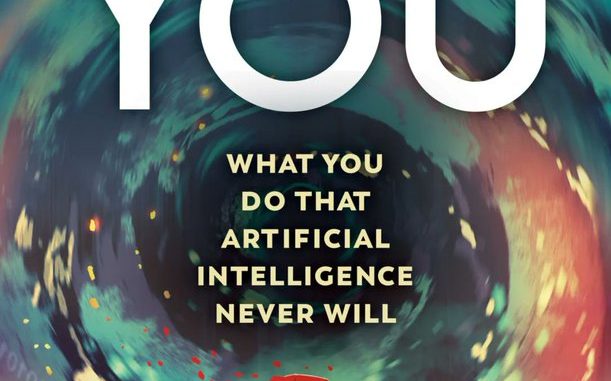
Damien Hirst cut a cow and calf each lengthwise into two halves and displayed them in four separate baths of formaldehyde in clear display tanks. The title of the creation, “Mother and Child Divided,” is a pun. The cow and calf were cut in two and were displayed physically separated. “Mother and Child Divided” in two ways. Get it? Hee hee. Is this art? Apparently so. The macabre bifurcated bovine creation won top place in the 1995 Turner Prize art competition.
This simple example reveals that, like judging the palatability of raw oysters, ranking the quality of art is highly subjective.
Jason Allen entered a piece entitled “Théâtre D’opéra Spatial” and took home the first-place prize at Colorado State Fair’s fine arts competition in the category “Digital Arts / Digitally-Manipulated Photography.” The art was generated using artificial intelligence.
Should Jason Allen or the AI be given credit for creating the art? With a simple prompt, AI alone can generate interesting images. Visit 1SecondPainting.com and click to your heart’s content to see interesting and often bizarre images. You can buy them, as I have, as a painting or a print.
These images often remind me of dreams. Throughout the day I have a number of experiences that are planted in my memory. When I dream, these experiences are often mixed in strange and bizarre ways. If I eat a combination plate at Taco Bell and later have a heated conflict with an insurance company rep over the phone, I might dream about being in a cage match with a large burrito. That’s what the paintings at 1SecondPainting.com remind me of: strange and bizarre things mixed with reality. And that’s what the AI images are! The AI generating these images interpolates among training images of real people, landscapes and other pictures. The essence of the resulting AI images is reality mixed in a blender packed with real images.
Read more
